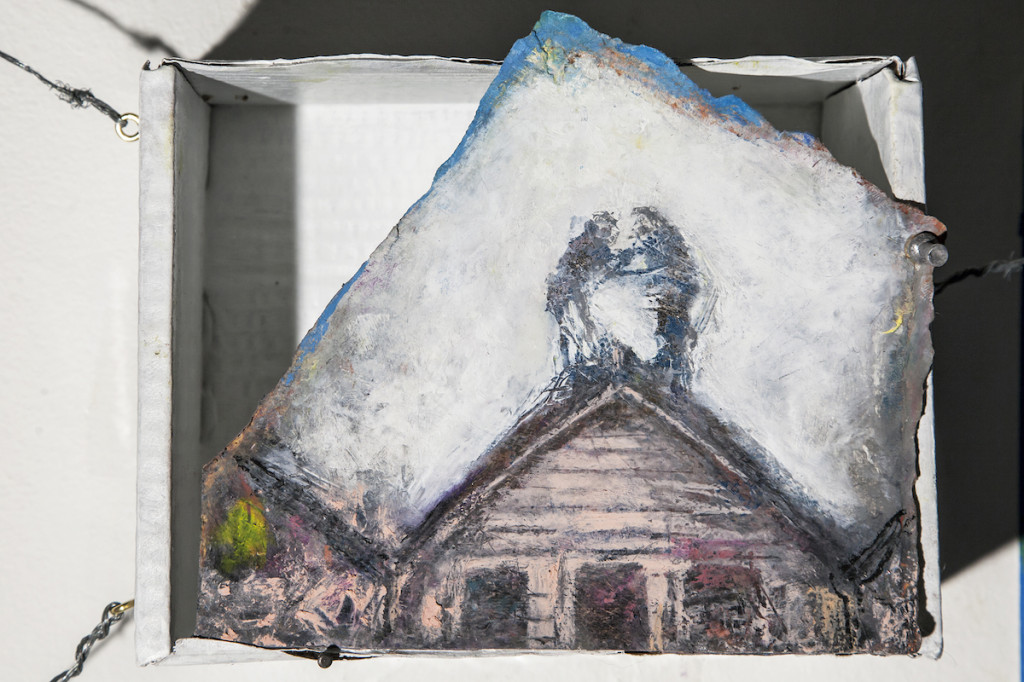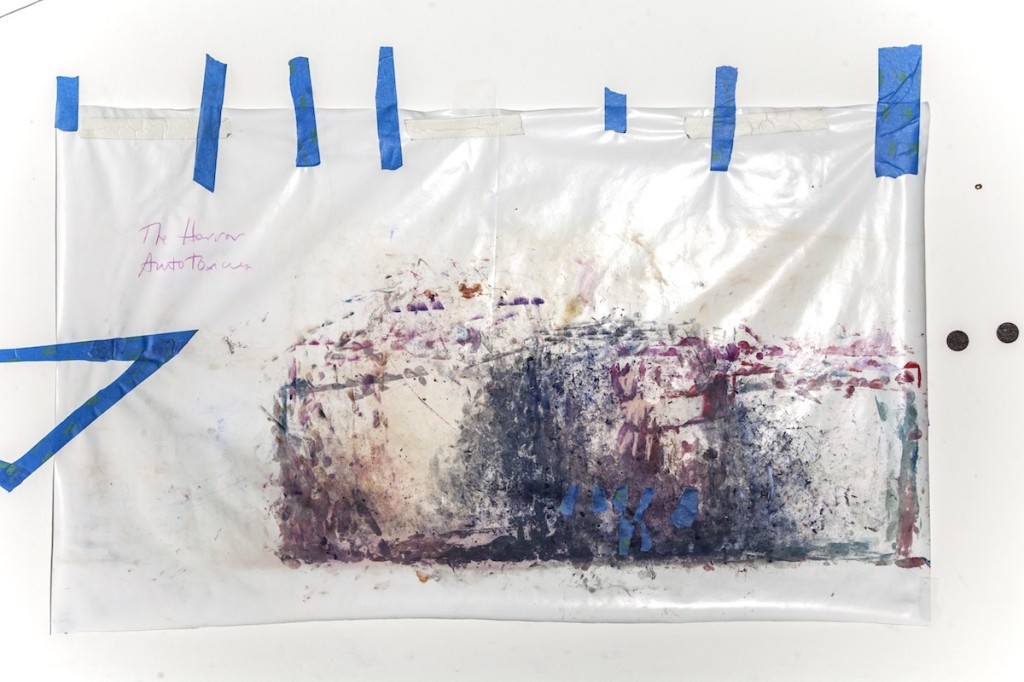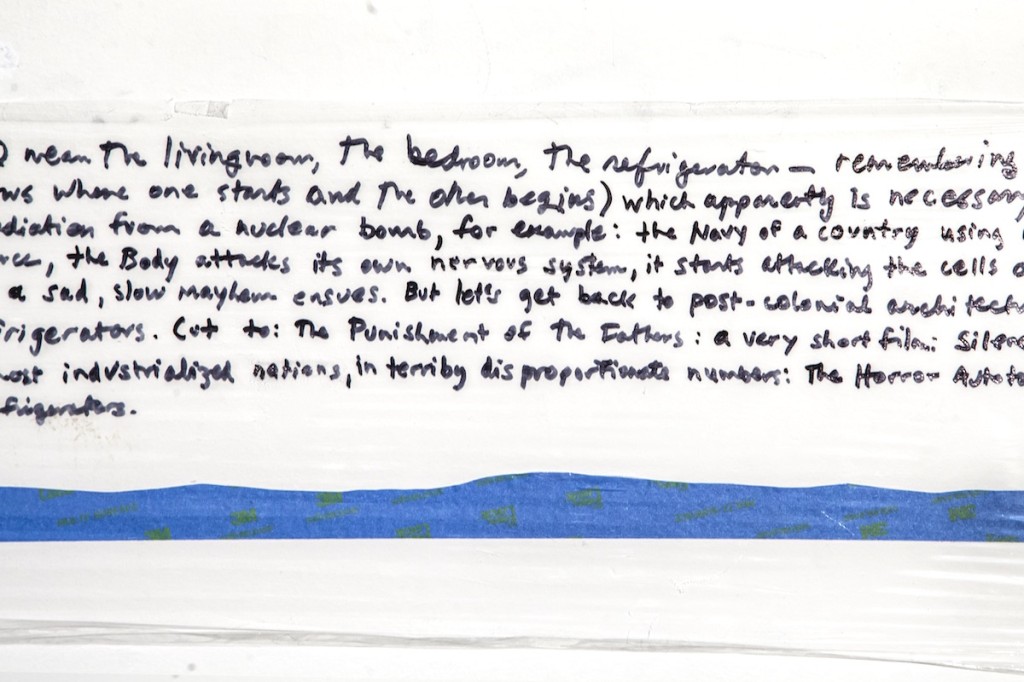The Horror Autotoxicus was the name given to autoimmune disease by the German scientist Paul Ehrlich, who discovered it back in the 19th century. The name conjures up a primordial terror, a monstrous thumping force; it feels apt to me. In diseases like multiple sclerosis and rheumatoid arthritis, the body attacks its own—its own cells, its own tissues—and in the epitome of horror, you discover the enemy is inside your own house: Suddenly the electricity cuts out; you can’t get your legs to work; your mind is ransacked.
In its failure to distinguish between “self” and “nonself,” as Ehrlich described it, the illness wages a self-defeating war against its host that can go on indefinitely. There is no invading army, no marauding microbes: somehow these illnesses invade from within. It is the stuff of science fiction, or the familiar story of how a civilization crumbles; there is an operatic irony at play in The Horror Autotoxicus.
Autoimmune disease is the perfect flower of our post-colonial, post-industrial society—the most apt embodiment of our culture’s pathologies, as hysteria was for Victorian culture. Disease, like poetry, operates on many levels at once, working on the miniscule and the grand, the absurd and the emotional all at once. So my new series, entitled The Horror Autotoxicus, is a get-well bouquet to myself—my heartfelt stab at “sense-making.”
In Lynn Steger Strong’s article* on the invisible women artists in our midst, she writes:
“It is a sort of madness to decide to make things. But it is a fury wholly inside one’s head, contained. Most people who make things, I would argue, are compulsively trying to control, attracted to edges and the limits of materials—paint, for instance, or words. The things that come as a result of these compulsions are a form of sense-making: a scaffolded, cut-and-pasted, formally restricted offering. And then it is received, by the public, in their own way, if it’s even noticed. …”
Multiple sclerosis, rheumatoid arthritis, and god-knows-what-else, have left me feeling lost, invisible and tongue-tied; The Horror Autotoxicus, like my other series, is a form of sense-making for me; it is my own map—I’m lost without it.
AM HOCH, The Horror Autotoxicus, no.1; wall installation with mixed media, 48 inches x 101 inches (122 cm x 256,5 cm); 2018

AM HOCH, The Horror Autotoxicus, no.1; DETAIL: A House Divided, acrylic paint with oil pastels on paper, mounted on cardboard box, approx 6.75 inches x 7.25 inches (17 cm x 18,5 cm); 2018
AM HOCH, The Horror Autotoxicus, no.1; DETAIL: Subdivision; blue tape, chalk, graph paper, pen; 16.5 inches x 31.75 inches (42 cm x 81 cm); 2018
AM HOCH, The Horror Autotoxicus, no.1; DETAIL: The Horror (in perspective); mixed media on vinyl tablecloth, approx. 23.75 inches x 39 inches (59 cm x 100 cm); 2018
AM HOCH, The Horror Autotoxicus, no.1; DETAIL: handwriting on plastic wrap; 12 inches x 101 inches (30 cm x 256,5 cm); 2018
* Lynn Steger Strong, “She Was Sort of Crazy: On Women Artists”, The Paris Review, January 31, 2019
Find more like this: Updates










